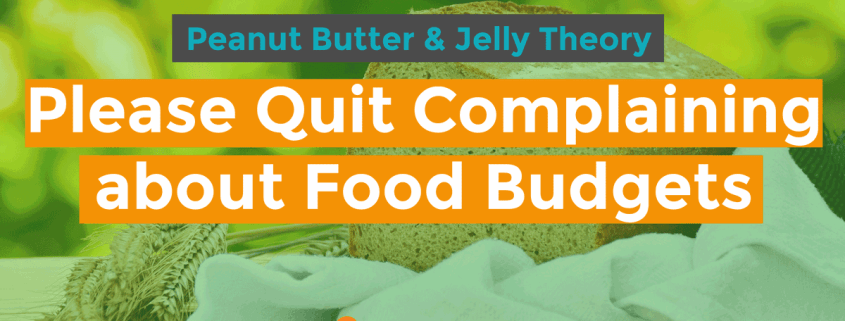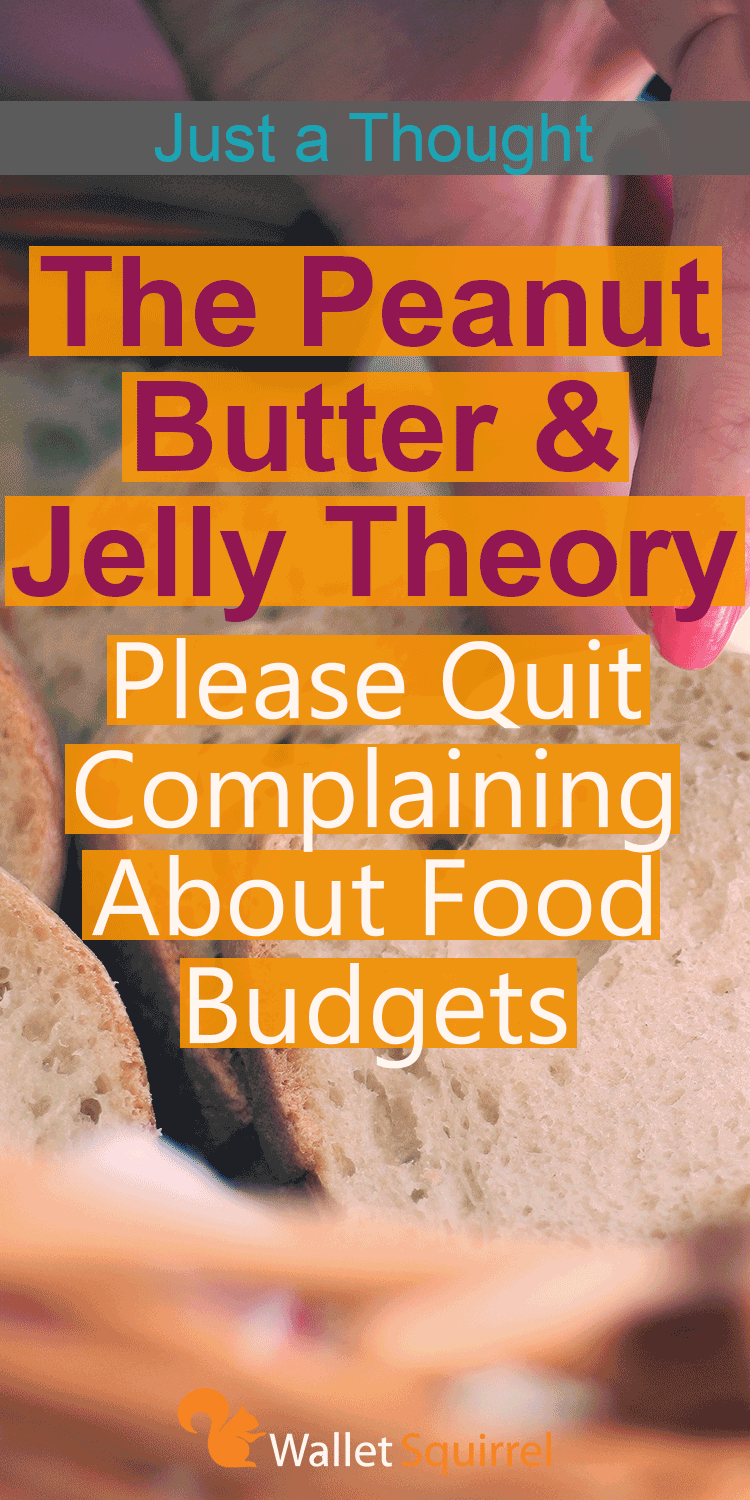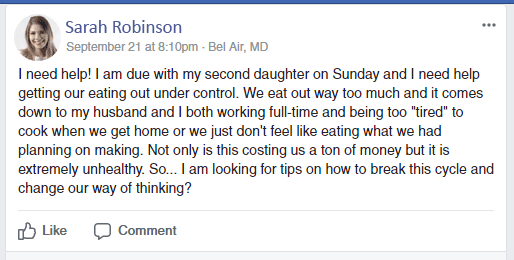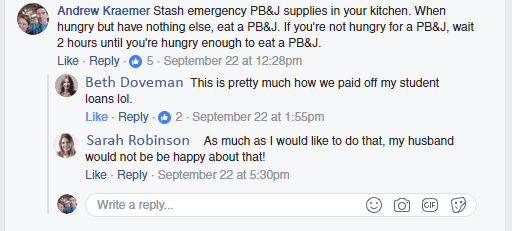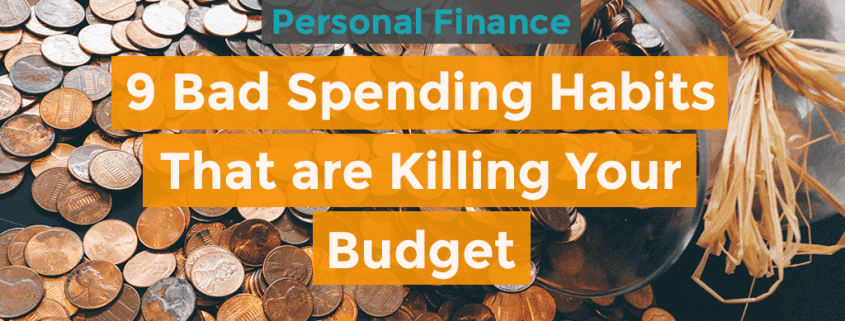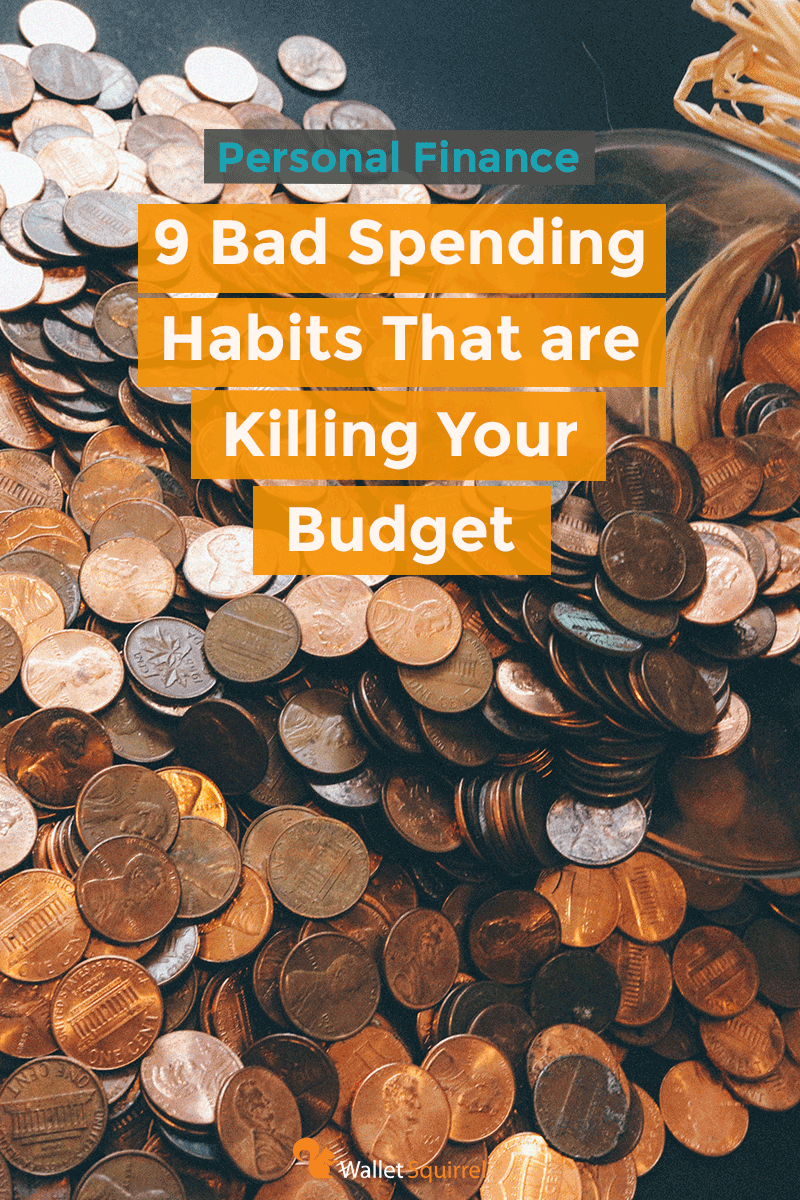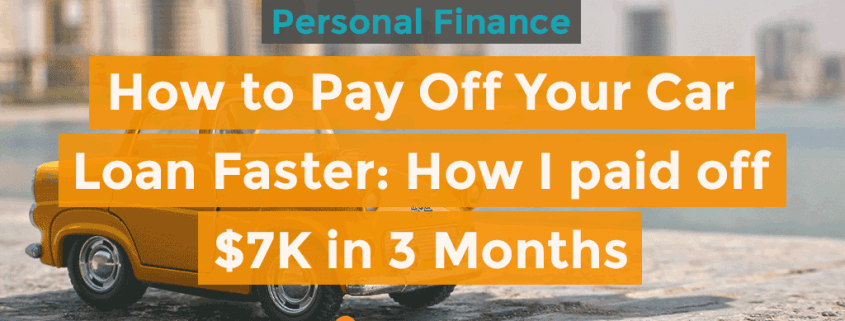What Should You Do with Your Hard-Earning Money in College
Whether you are just starting college or already a college student, you have a lot of things on your mind. You probably have to worry about school, tuition, bills, insurance, and so forth. You start having a lot of responsibilities that you get stressed and overwhelmed about everything. Most college students have to start being responsible because it is part of life. According to Forbes, college students can waste money up to $49,000 on things like textbooks
You have to start being independent and take care of yourself because no one will do it for you. You may have some help from your parents, but overall, you have to do most of the work.
You start picking up part-time jobs to pay for your expenses. You want to spend your hard-earned money on things you want rather than your expenses. However, that is not a clever idea. You need to manage your money so that you don’t become broke. Most college students spend almost all their money on parties, clubs, or bars every weekend.
If you want some money after graduation, you should learn to take care of your finance. Here are some tips and tricks on what you should do with your hard-earning money in college.
Save and Spend Accordingly
Most college students don’t know how to budget and end up overspending on many things they don’t need. If you have a budget, you know what you need to save and spend. You have to start thinking about your needs and wants so that you can begin to understand how to budget. Think of ways to shop and save like a pro.
Many of you have been used to buying things you want, but now you have to transition to an adult mind. You have to pay for your expenses.
You have to learn how to manage your expenses and your lifestyle. With school and work, you have to save and spend accordingly. If you spend all your hard earning money on the things you want, what is there left for you, right?
By creating a budget, you can see how much you can spend every month. This can also come in handy, especially when Christmas comes around because that is the time most people go broke. If you save a bit, you have money to buy Christmas presents for people. You can create a budget by writing it out or downloading apps that can help you calculate.
Start a Side Hustle
Some people end up graduating feeling lost and don’t know what to do with their lives. They end up doing something completely different than their degree.
For backup plan purposes, you should invest some time and money into a side hustle if you end up not using your degree after graduation. Who knows, you might have a successful business after you finish college, and you might work for yourself rather than go look for a job.
Do you want to start your own business, or do you want to work for someone? What kind of lifestyle do you want?
You don’t have to start something big; it can be a little hobby like starting a Youtube, selling on Etsy, writing a blog, and so on. Not everyone has a side hustle in college. It is an option if you want something more in life.
Invest
Not many students think about investing when they are in school. By investing, you can earn extra money on the side to pay or spend on things. You can start investing in the stock market or cryptocurrency. You can start small and slowly build up your portfolio if you want. However, you have to understand how the system works. Don’t put all your money in without a clue what the stock market or cryptocurrency is.
You are doing it at your own risk. Suppose you are afraid of doing it on your own and are busy with your schedule. There are brokerage companies that are willing to do it for you. They will take a percentage, but you do get some returns too.
Investing is a long-term game, so if you start your first year of college, you will have a lot of money when you graduate. Time makes a difference when you start early.
Build an Emergency Funds
Personal finance can be confusing to most college students, and you probably might not have an emergency fund yet. According to The Hill, 40% of college students are saving for an emergency fund. Even if you don’t have one now, it is never too late to start one. Some students leave home to go to college, so they are on their own. They are independent who have to take care of themselves.
When unpredictable things happen out of nowhere, you are going to need your emergency fund to help you during your dire needs.
Pretend you become unwell, and you have to go to the doctor. You get a medical bill that is way out of your budget for the month. This is when you get money out of your emergency funds.
So it is extremely important to put some of your hard-earned money into an emergency fund when something unexpected were to happen.
Start paying off Student Loans Early
Most people start paying off their student loans after college, but if you start paying off early, you’ll be in better shape compared to your peers.
If you start paying your student loans early, you’ll start developing a healthy habit at an early age which is extremely hard to do at a young age. By creating this habit, you will be in good standing in the future. Even though most people want to have fun with their hard earning money, you can start small.
Even if you can only afford $10, that is still a huge difference. You’ll eventually understand how it can affect your interest rate.
Final Thoughts
Money comes and goes, so you should always think twice when using it.
These strategies are something college students do not think about when they are in college. It is recommended that they should start to understand and learn the foundation if they want to start being financially literate, even if it’s just a little. Most students are too worried about other things that they neglect their finances. If you start early, the better you are when you enter the real world.

After designing for so long, I wanted to have more purpose in life than designing 24/7. I decided to learn how to save, budget, and invest to gain financial freedom to do things that I love with my site The Money Dreamer.




